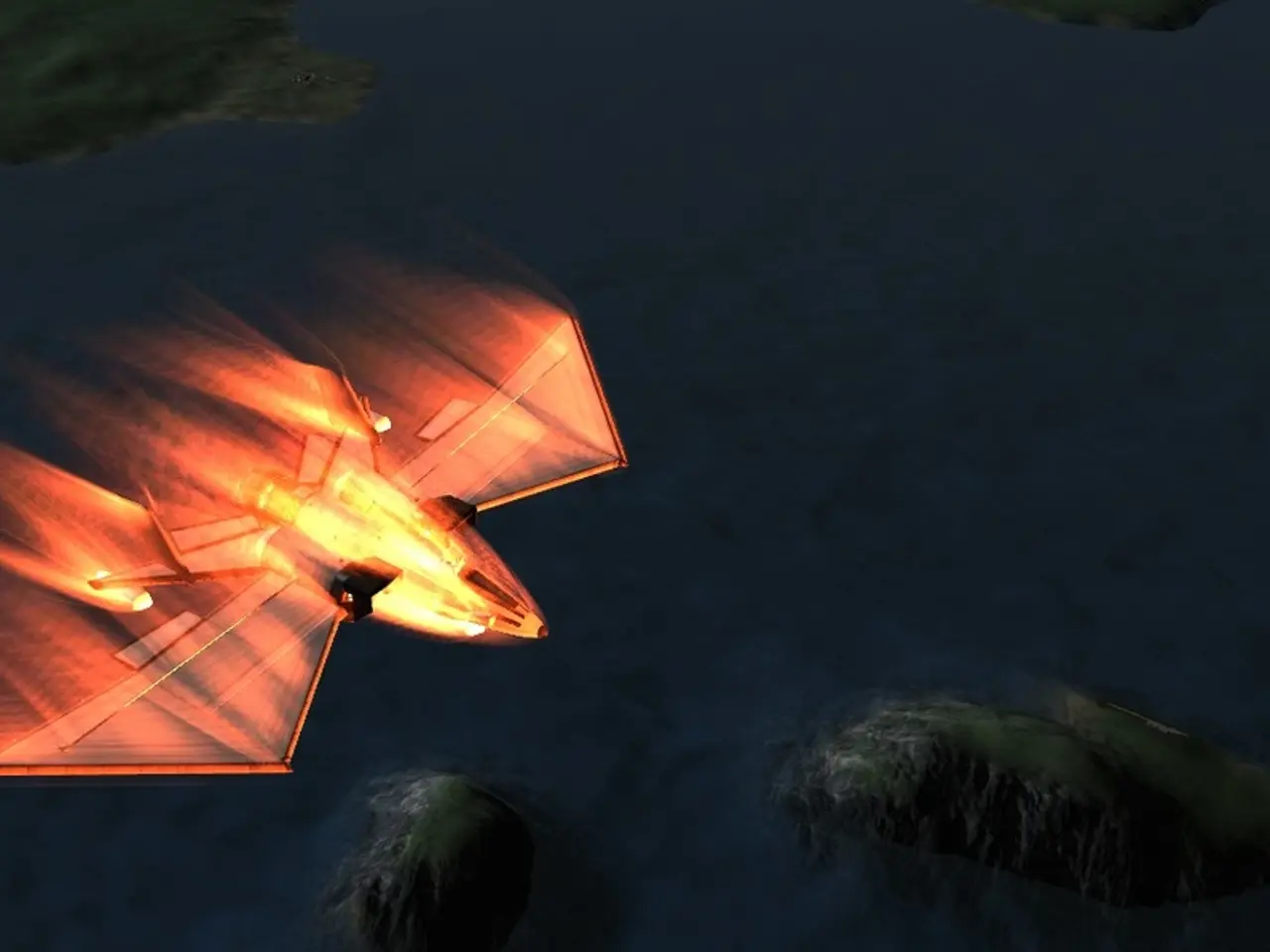Movie Special Effects Over Time
Revolutionizing Cinematic Storytelling: The Evolution of Special Effects
The world of cinema has been transformed by the evolution of special effects, which have allowed filmmakers to create visual and audio experiences that defy reality. From practical effects to virtual reality (VR) and augmented reality (AR), these innovations have expanded the language of cinema, immersing audiences in unprecedented ways.
In the early years of cinema, practical effects and optical effects emerged as crucial tools for visual storytelling. Practical effects, such as lighting, set design, and in-camera effects, developed from the limitations of early filmmaking technology and theatrical traditions. Pioneering cinematographers like Billy Bitzer and Gregg Toland pushed the boundaries of cinematography, introducing techniques like close-ups, moving cameras, and chiaroscuro lighting to create dramatic effects and emotional focus.
Optical effects, which involve manipulation of the film image through devices like optical printers or lenses, also played a significant role. The optical printer, introduced in the 1930s and used in classic films like King Kong and Bringing Up Baby, enabled filmmakers to combine shots, add dissolves, fades, miniatures, or composite images, creating illusions unreachable on set. This technology bridged creative ambitions and technical possibilities, especially in effects-heavy or experimental films.
Innovations in lenses and projection systems also contributed to the evolution of cinema. Anamorphic lenses, popularized through CinemaScope in the 1950s, enlarged the visual field to widescreen, enhancing the spectacle and immersive quality of films. These developments collectively transformed filmmaking into a dynamic language of visual storytelling capable of expressing nuanced narratives and imaginative concepts beyond the limitations of theater.
As cinema advanced, so did the possibilities of special effects. Films such as 'Star Wars,' 'Blade Runner,' and 'The Lord of the Rings' trilogy redefined the boundaries of special effects in science fiction and fantasy genres, showcasing groundbreaking visual effects that transported audiences to new worlds. These films have inspired generations of filmmakers to explore new frontiers in visual storytelling.
The advent of VR technology has taken cinema to a new level. VR films like 'Gloomy Eyes' and 'Carne y Arena' have demonstrated the power of this technology to create emotionally resonant narratives that immerse audiences in unprecedented ways. VR technology allows audiences to step into virtual worlds and experience narratives from within, offering a new level of interactivity and immersion.
Augmented reality (AR) technology, which overlays digital elements onto the real world, is another exciting development in the realm of special effects. AR experiences like 'Pokémon Go' have showcased the potential of this technology to blend digital elements with real-world environments, creating interactive and immersive experiences that redefine traditional storytelling.
Recent films like 'Inception,' 'Interstellar,' and 'Doctor Strange' have pushed the boundaries of visual storytelling even further, showcasing innovative visual techniques that transport audiences into mind-bending realities and surreal landscapes. As special effects continue to evolve, it's clear that cinema will continue to push the boundaries of what is possible, offering audiences ever more immersive and captivating experiences.
The integration of data-and-cloud-computing technologies can help filmmakers understand and analyze seasonal trends, allowing them to create content that resonates with audiences during specific periods.
Embracing technology, entertainment giants are investing in data-and-cloud-computing to develop virtual and augmented reality experiences, blurring the lines between movies-and-tv and interactive entertainment.




